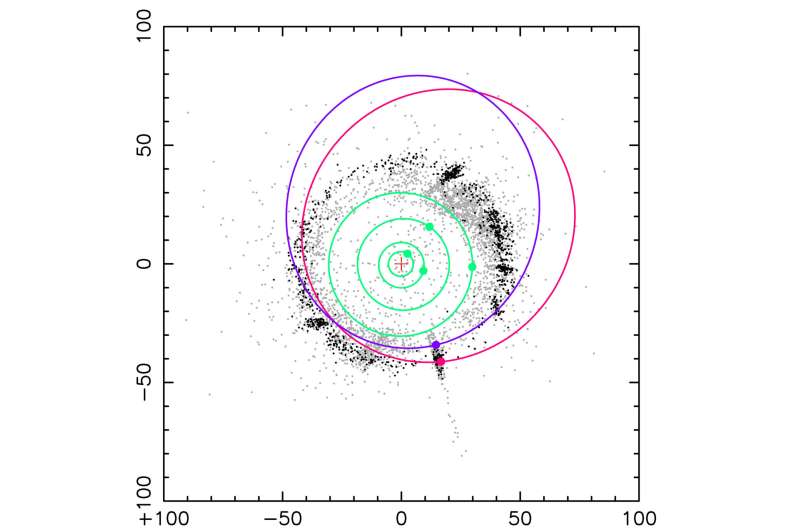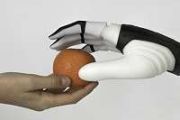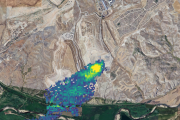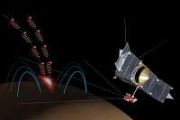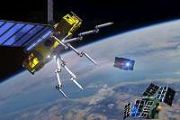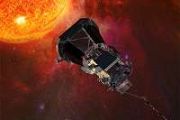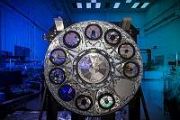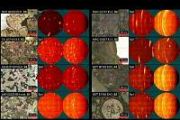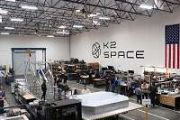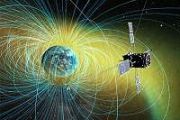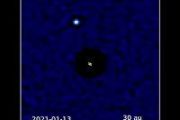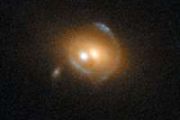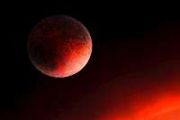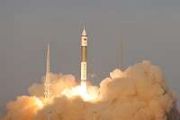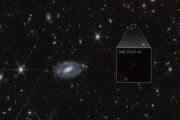
Copernical Team
NASA picks SpaceX to carry ISS to its watery graveyard after 2030
 NASA on Tuesday said it had picked SpaceX to build a vessel to carry the International Space Station back through Earth's atmosphere and on to a final resting place in the Pacific Ocean after it is retired in 2030.
Elon Musk's company has been awarded a contract with a potential value of $843 million to develop and deliver the spaceship, dubbed the US Deorbit Vehicle.
"Selecting a US Deo
NASA on Tuesday said it had picked SpaceX to build a vessel to carry the International Space Station back through Earth's atmosphere and on to a final resting place in the Pacific Ocean after it is retired in 2030.
Elon Musk's company has been awarded a contract with a potential value of $843 million to develop and deliver the spaceship, dubbed the US Deorbit Vehicle.
"Selecting a US Deo A first: EarthCARE reveals inner secrets of clouds

Less than a month after it was launched, ESA’s EarthCARE satellite has returned the first image from one of its instruments – an image that, for the first time from space, unveils the internal structure and dynamics of clouds.
This remarkable first image, captured by the satellite’s cloud profiling radar, offers a mere glimpse of the instrument's full potential once it is fully calibrated.
Proba-2’s glimpse of home
 Image:
Proba-2’s glimpse of home
Image:
Proba-2’s glimpse of home Why NASA astronauts are delayed at the space station after Boeing Starliner launch
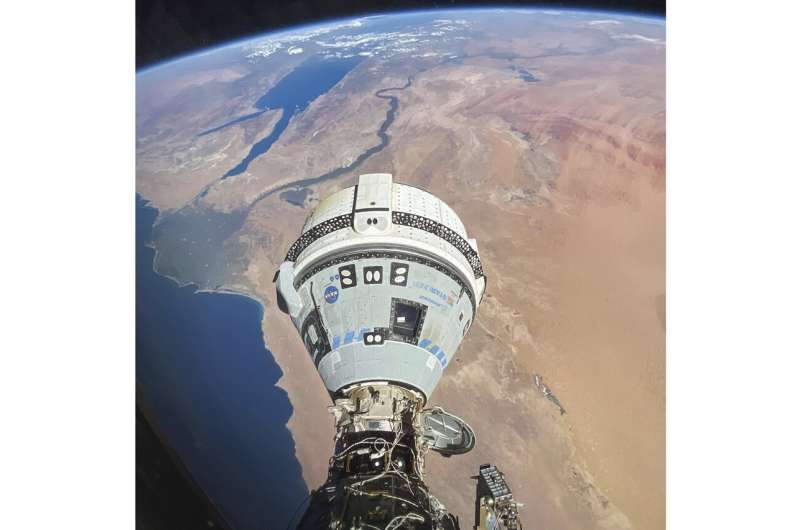
When two veteran NASA astronauts blasted off on a test drive of Boeing's new capsule, they expected to head home from the International Space Station in a week or so.
It's now three weeks and counting for Butch Wilmore and Suni Williams as NASA and Boeing troubleshoot equipment problems that popped up on the way there.
Three potential landing dates were called off and their flight home is now on hold.
This week, Boeing said the Starliner capsule's problems aren't a concern for the return trip and "the astronauts are not stranded.
The space bricks have landed
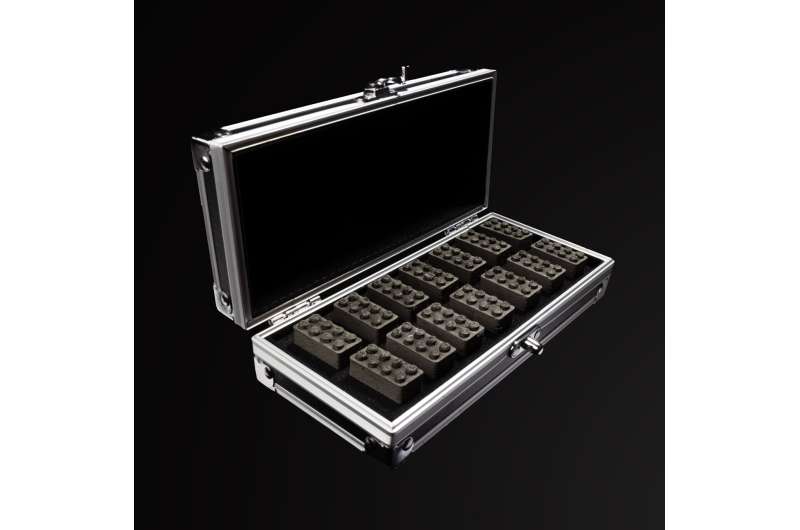
ESA scientists have been exploring how a future moon base might be built from materials on the lunar surface. Inspired by LEGO building, they have used dust from a meteorite to 3D-print "space bricks" to test the idea. ESA's space bricks are on display in selected LEGO Stores from 20 June to 20 September, helping to inspire the next generation of space engineers.
The idea seems simple. Rather than take building materials all the way to the moon, we could use what is already there to construct a moon base. The surface of the moon is covered with a layer of rock and mineral fragments known as lunar regolith.
NYU Abu Dhabi Scientists Unveil Insights on Solar Heat Transport
 Researchers from NYU Abu Dhabi's Center for Astrophysics and Space Science (CASS), led by Research Scientist Chris S. Hanson, Ph.D., have made significant progress in understanding the sun's supergranules. These flow structures play a crucial role in moving heat from the sun's interior to its surface. The study challenges the existing models of solar convection.
Energy produced by nuclear
Researchers from NYU Abu Dhabi's Center for Astrophysics and Space Science (CASS), led by Research Scientist Chris S. Hanson, Ph.D., have made significant progress in understanding the sun's supergranules. These flow structures play a crucial role in moving heat from the sun's interior to its surface. The study challenges the existing models of solar convection.
Energy produced by nuclear Artificial greenhouse gases may indicate alien terraforming
 If extraterrestrials modified a planet in their solar system to increase its temperature, we might be able to detect it. A new study from UC Riverside has identified specific artificial greenhouse gases that could reveal a terraformed planet.
A terraformed planet is one that has been artificially altered to be suitable for life. According to the study, these gases could be detected even at
If extraterrestrials modified a planet in their solar system to increase its temperature, we might be able to detect it. A new study from UC Riverside has identified specific artificial greenhouse gases that could reveal a terraformed planet.
A terraformed planet is one that has been artificially altered to be suitable for life. According to the study, these gases could be detected even at Marsquakes could help detect underground water on Mars
 If liquid water exists on Mars today, it might be too deep underground for traditional detection methods used on Earth. However, a new approach involving marsquakes could offer a solution, according to Penn State scientists.
When quakes pass through deep aquifers, they generate electromagnetic signals. Researchers detailed in the journal JGR Planets how these signals, if also present on Ma
If liquid water exists on Mars today, it might be too deep underground for traditional detection methods used on Earth. However, a new approach involving marsquakes could offer a solution, according to Penn State scientists.
When quakes pass through deep aquifers, they generate electromagnetic signals. Researchers detailed in the journal JGR Planets how these signals, if also present on Ma The Young Professional Satellite - Dream Big, Start Small (episode 1)
 Video:
00:13:39
Video:
00:13:39
In this first episode of our docu-series, we embark on the exciting journey of the YPSat (Young Professional Satellite), a satellite flying on-board the inaugural flight of Ariane 6, Europe’s new heavy launcher. Two years ago, a team of Young Professionals at ESA, with diverse backgrounds, nationalities and expertise, have come together around one passion and with one ambition; design, manufacture and send their own satellite to space.
Starting with some trivial ideas, the team matured their mission objectives and won the approval and support of ESA management to kick start the project. YPSat will be ‘the witness’
A new horizon for the Kuiper Belt: Subaru telescope's wide-field observations
